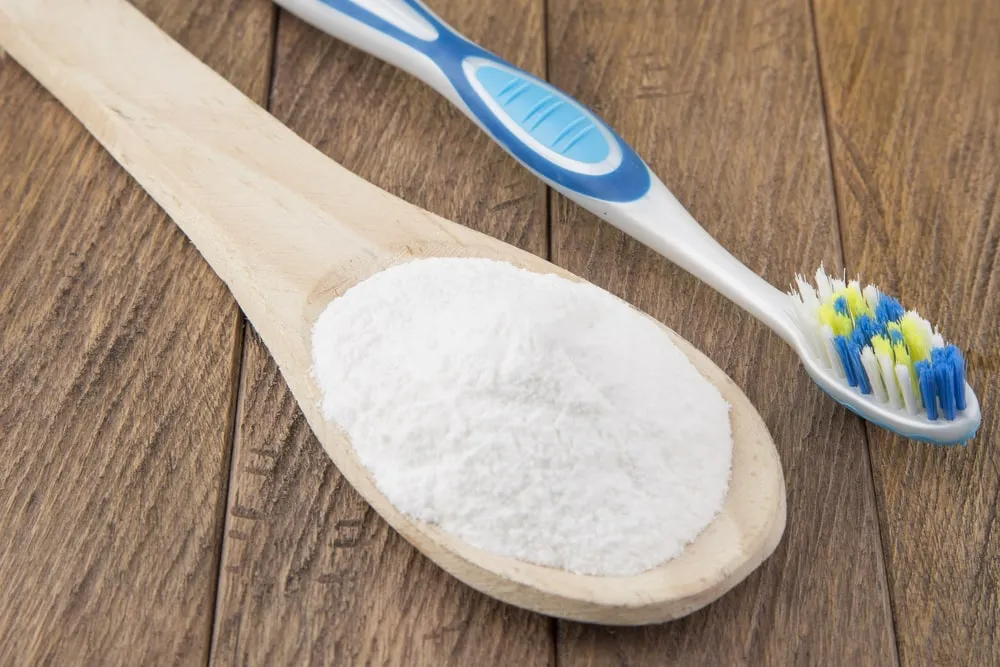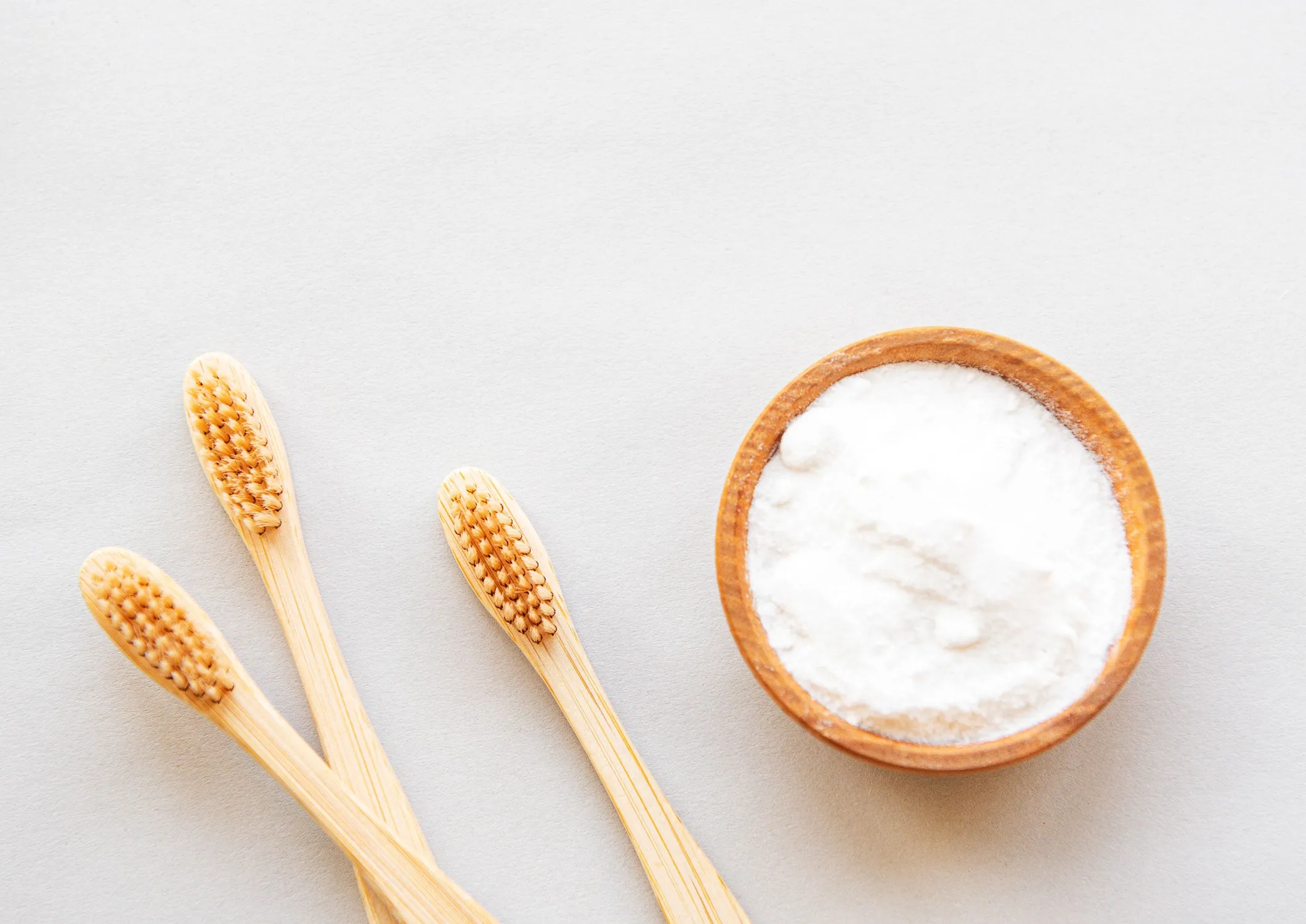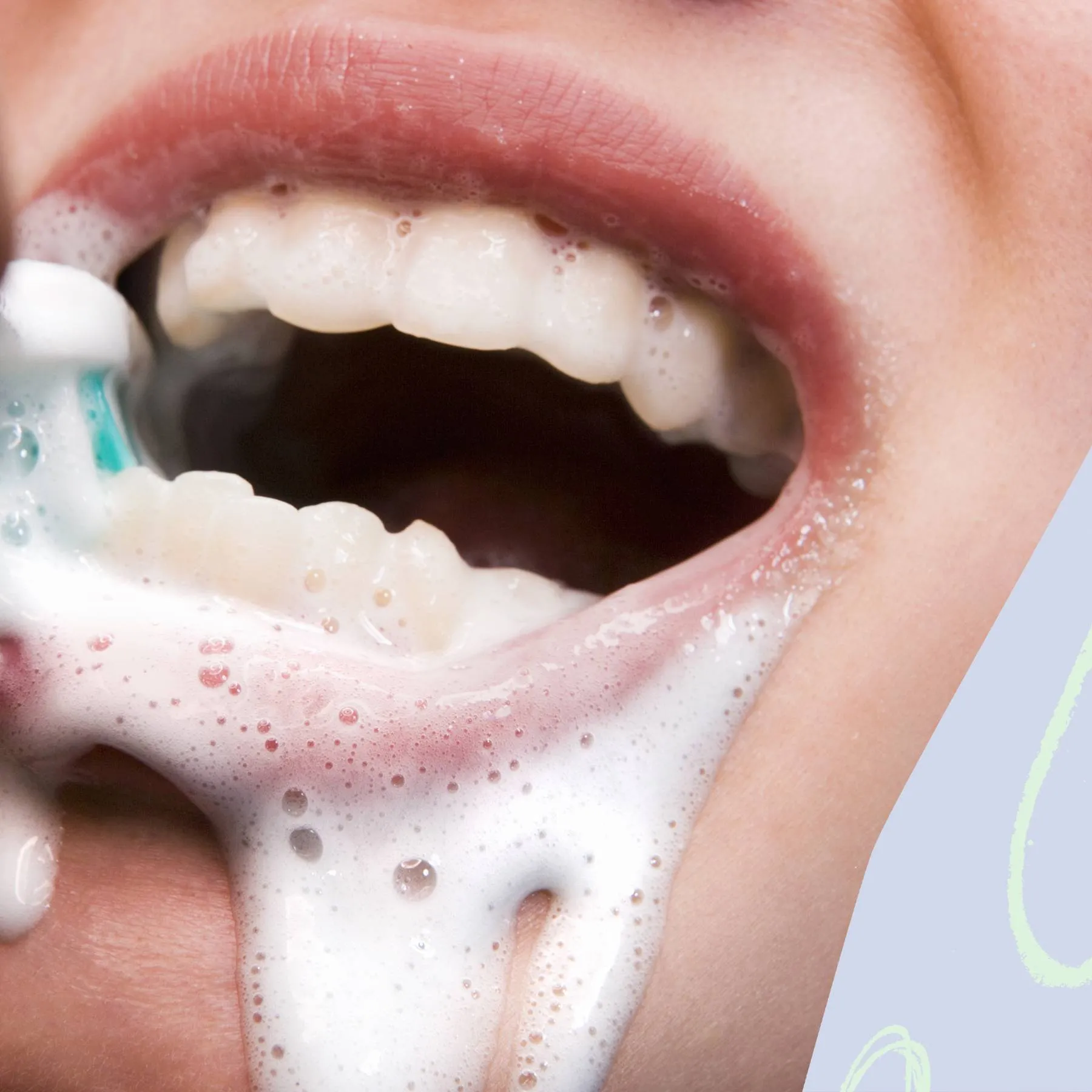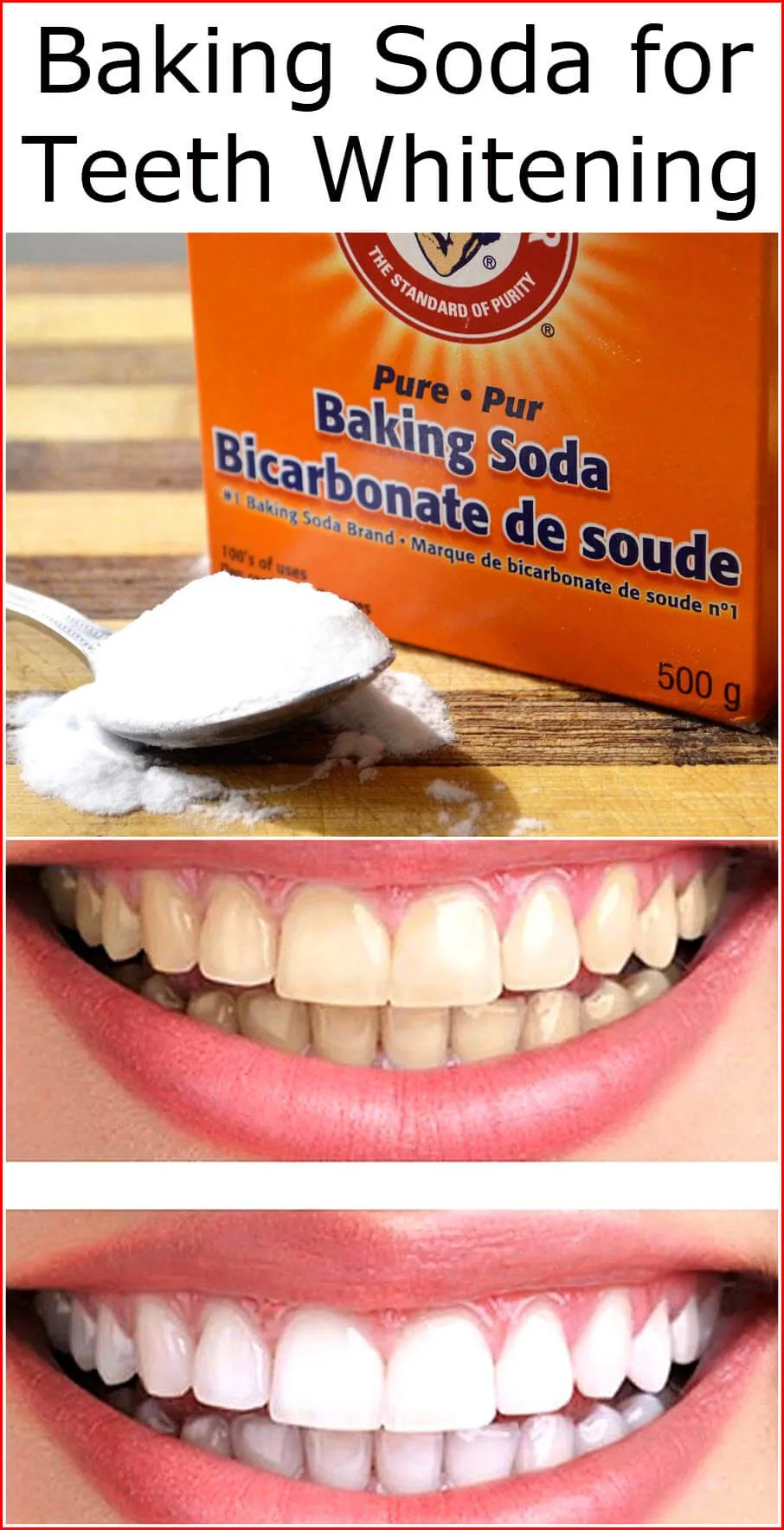What is Baking Soda and How Does it Work for Teeth Whitening
Baking soda, also known as sodium bicarbonate, is a common household ingredient lauded for its versatility, including its purported teeth-whitening properties. It is a mild abrasive that can help remove surface stains from teeth. However, understanding how it works is crucial before incorporating it into your oral hygiene routine. The key lies in its chemical composition and physical properties, which interact with the enamel and stains on your teeth. While baking soda is readily available and inexpensive, its effectiveness and safety require careful consideration. Before you start using baking soda for teeth whitening, be sure to consider the potential risks and rewards.
The Abrasive Nature of Baking Soda
Baking soda’s abrasive nature is one of its primary mechanisms for teeth whitening. It works by gently scrubbing the tooth surface, helping to remove stains caused by coffee, tea, wine, and other pigmented foods and drinks. This abrasive action is not as strong as that of commercial whitening products, but it can still contribute to a brighter smile. However, it’s important to note that the abrasive quality can also potentially damage tooth enamel if used excessively or with too much pressure. Moderation and proper technique are essential to minimize the risk of harm. Therefore, it is advisable to avoid using excessive force or brushing too vigorously when using baking soda.
How Baking Soda Removes Stains

The stain removal process of baking soda is twofold. Firstly, the abrasive particles physically lift and dislodge stain molecules from the tooth’s surface. Secondly, baking soda has a slightly alkaline pH, which helps to neutralize acids in the mouth. These acids can contribute to enamel erosion and stain accumulation. By creating a less acidic environment, baking soda can help prevent further staining. Moreover, baking soda can help to break down the biofilm of bacteria on the teeth, a major factor in the formation of plaque and stains. Regular and careful use can contribute to a cleaner and brighter smile.
Baking Soda and Its Impact on Enamel
While baking soda can effectively remove surface stains, it’s essential to consider its impact on tooth enamel, the hard, protective outer layer of your teeth. Enamel is the most mineralized substance in the human body, but it is also susceptible to erosion. Over time, excessive use of abrasive substances like baking soda can wear down the enamel. This erosion makes teeth more vulnerable to decay, sensitivity, and discoloration. It is critical to use baking soda sparingly and with caution. Brushing too hard or using it too frequently can increase the risk of enamel damage. Therefore, when incorporating baking soda into your oral hygiene routine, consider the possible impact on the enamel.
5 Surprising Facts About Baking Soda for Teeth Whitening
Fact 1 Whitening Effectiveness

Baking soda is effective for removing surface stains, it may not significantly alter the natural color of your teeth. Its action primarily targets extrinsic stains caused by food and beverages, rather than intrinsic stains within the tooth structure. While you may notice a brighter smile, especially if you have surface stains, the results are often less dramatic than those achieved with professional whitening treatments or products containing hydrogen peroxide. This is an important point to consider for people who have expectations about dramatic results. Consider other forms of teeth whitening for improved results.
Fact 2 Potential for Sensitivity
One of the lesser-known aspects of using baking soda for teeth whitening is the potential for increased tooth sensitivity. The abrasive nature of baking soda can, over time, wear down enamel, making the underlying dentin more exposed. Dentin contains tiny tubules that lead to the nerve center of the tooth, making the teeth more sensitive to hot, cold, sweet, or sour foods and drinks. If you experience increased sensitivity, it’s crucial to reduce the frequency of baking soda use or discontinue its use altogether. Consult your dentist if sensitivity persists or worsens.
Fact 3 The Role of Other Ingredients
The effectiveness of baking soda can vary depending on how it is used and combined with other ingredients. Many people combine baking soda with hydrogen peroxide or lemon juice for enhanced whitening effects. Hydrogen peroxide can help to bleach the teeth, while lemon juice has natural bleaching properties. However, the addition of these ingredients can also increase the risk of enamel erosion and sensitivity. It’s always best to be cautious when experimenting with different combinations. Always consult with a dental professional before using these types of combinations.
Fact 4 The Importance of Proper Technique

How you use baking soda is as important as using it. Using the right brushing technique can help to minimize the risk of damage to your teeth and gums. Always use a soft-bristled toothbrush and gently brush your teeth in a circular motion. Avoid applying excessive pressure, as this can wear down your enamel and irritate your gums. Brushing for only two minutes is also recommended. Proper technique is essential for safe and effective teeth whitening with baking soda. Improper technique is one of the primary causes of tooth sensitivity and other dental issues.
Fact 5 Not a Long-Term Solution
Baking soda is not a long-term solution for teeth whitening. It’s most effective for removing surface stains and may provide temporary improvements in the brightness of your smile. However, the effects are not permanent, and the stains can return over time, especially if you continue to consume staining foods and beverages. Furthermore, the continued use of baking soda can cause damage to your enamel and may lead to other dental problems. If you are looking for longer-lasting or more dramatic results, professional whitening treatments or over-the-counter whitening products may be a better choice.
How to Use Baking Soda for Teeth Whitening
Method 1 Baking Soda Paste

Mix a small amount of baking soda with water to create a paste. Wet your toothbrush and apply the paste. Gently brush your teeth for about two minutes, using a circular motion. Rinse thoroughly with water. This method is simple and straightforward. Avoid using this method more than once or twice a week to minimize potential enamel damage. Careful brushing is key to avoiding any damage. Be sure to use a soft toothbrush.
Method 2 Baking Soda and Hydrogen Peroxide
Combine baking soda with a small amount of 3% hydrogen peroxide to create a paste. Apply the paste to your toothbrush and brush your teeth gently for about two minutes. Rinse thoroughly with water. The hydrogen peroxide adds bleaching properties to the mix. Be aware that hydrogen peroxide can increase the risk of sensitivity and gum irritation, so use this method with caution and not more than once a week. Consult your dentist if you experience adverse reactions.
Method 3 Baking Soda and Lemon Juice
Mix baking soda with a small amount of lemon juice to create a paste. Apply the paste to your toothbrush and brush your teeth gently for no more than a minute. Rinse thoroughly with water. Lemon juice has natural bleaching properties, but it is also highly acidic and can erode enamel. Use this method very cautiously, if at all, and limit it to once every two weeks. The acidity of lemon juice can do damage to your enamel. It is best to consult with a dentist before using this method.
Risks and Side Effects of Using Baking Soda

Enamel Erosion
The abrasive nature of baking soda can wear down your enamel over time, making your teeth more susceptible to decay, sensitivity, and discoloration. This is a significant risk to consider. If you notice increased sensitivity or if your teeth appear more transparent, it’s a sign that your enamel is being eroded. Regular dental check-ups can help to detect and address enamel erosion early on. Limit the frequency of use and use gentle brushing techniques to minimize this risk. Consider alternatives to baking soda if you have concerns about enamel erosion.
Gum Irritation
Baking soda can irritate your gums, especially if you brush too hard or use excessive amounts. This irritation can lead to redness, swelling, and bleeding. If you experience gum irritation, stop using baking soda immediately and consult with your dentist. Using a soft-bristled toothbrush and practicing gentle brushing techniques can help to reduce gum irritation. If you have sensitive gums, you should exercise extra caution when using baking soda and always consult with your dentist about the best oral hygiene practices.
Sensitivity

Increased tooth sensitivity is a common side effect of using baking soda for teeth whitening. As the enamel wears down, the underlying dentin becomes exposed, making your teeth more sensitive to temperature changes and certain foods. If you experience increased sensitivity, reduce the frequency of using baking soda or stop using it completely. You can use toothpaste specifically designed for sensitive teeth to help alleviate the discomfort. If the sensitivity persists or worsens, consult with your dentist for professional advice.
Alternatives to Baking Soda for Teeth Whitening
Professional Teeth Whitening
Professional teeth whitening is performed by a dentist and is one of the most effective ways to whiten your teeth. These treatments use high-concentration bleaching agents that can significantly lighten the color of your teeth in a short amount of time. Professional whitening is safe and monitored by a dental professional to minimize any risks. In-office whitening can provide immediate results. If you are looking for the most effective and safest teeth whitening solution, professional treatment is your best bet. Your dentist will be able to assess your individual needs and recommend the best treatment option for your teeth.
Over-the-Counter Whitening Products
There are numerous over-the-counter whitening products available, including whitening toothpaste, strips, and gels. These products often contain lower concentrations of bleaching agents, such as hydrogen peroxide, and are generally safe to use according to the instructions. However, results can vary, and it’s important to follow the product directions carefully to minimize the risk of side effects, such as sensitivity. Before using these products, it’s a good idea to consult with your dentist to ensure they are appropriate for your teeth and overall oral health. Be aware that long-term use may have negative effects.
Preventive Measures for a Brighter Smile
Maintaining a bright and healthy smile involves several preventive measures. Regular brushing and flossing are fundamental. Brushing twice a day with fluoride toothpaste helps to remove plaque and prevent stains. Flossing daily removes food particles and plaque from between your teeth. Limiting your consumption of staining foods and drinks, such as coffee, tea, red wine, and berries, can help to prevent new stains from forming. Regular dental check-ups and cleanings are essential to keep your teeth healthy and remove any surface stains. Consider professional cleanings twice a year. By adopting these preventive measures, you can maintain a brighter smile for longer.
